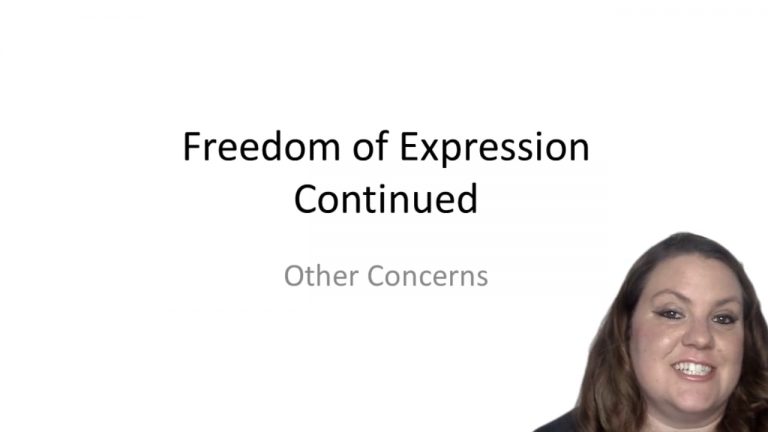SmartBrief
Confirm favorite deletion?
Constitutional Law Keyed to Feldman
Matal v. Tam
Citation:
137 S. Ct. 1744, 198 L. Ed. 2d 366 (2017)Facts
Simon Tam, the lead singer of dance-rock band called “The Slants” chose the band name to reclaim the anti-Asian slur. His application for the registration of the mark “THE SLANTS” was denied by the Patent and Trademark Office, because a Lanham Act provision prohibiting the registration of trademarks that may “disparage or bring into contempt or disrepute” any “persons.” When deciding whether a trademark is disparaging, an examiner at the PTO generally applies a two-part test: considers the likely meaning of the matter at question; asks whether the meaning may be disparaging to a substantial composite of the referenced group. The PTO has specified that an application’s good intention underlying its use of a term does not make the term less objectionable.
Only StudyBuddy Pro offers the complete Case Brief Anatomy*
Access the most important case brief elements for optimal case understanding.
*Case Brief Anatomy includes: Brief Prologue, Complete Case Brief, Brief Epilogue
- The Brief Prologue provides necessary case brief introductory information and includes:
Topic:
Identifies the topic of law and where this case fits within your course outline.Parties:
Identifies the cast of characters involved in the case.Procedural Posture & History:
Shares the case history with how lower courts have ruled on the matter.Case Key Terms, Acts, Doctrines, etc.:
A case specific Legal Term Dictionary.Case Doctrines, Acts, Statutes, Amendments and Treatises:
Identifies and Defines Legal Authority used in this case.
- The Case Brief is the complete case summarized and authored in the traditional Law School I.R.A.C. format. The Pro case brief includes:
Brief Facts:
A Synopsis of the Facts of the case.Rule of Law:
Identifies the Legal Principle the Court used in deciding the case.Facts:
What are the factual circumstances that gave rise to the civil or criminal case? What is the relationship of the Parties that are involved in the case.Issue(s):
Lists the Questions of Law that are raised by the Facts of the case.Holding:
Shares the Court's answer to the legal questions raised in the issue.Concurring / Dissenting Opinions:
Includes valuable concurring or dissenting opinions and their key points.Reasoning and Analysis:
Identifies the chain of argument(s) which led the judges to rule as they did.
- The Brief Prologue closes the case brief with important forward-looking discussion and includes:
Policy:
Identifies the Policy if any that has been established by the case.Court Direction:
Shares where the Court went from here for this case.

 7m 56s
7m 56s